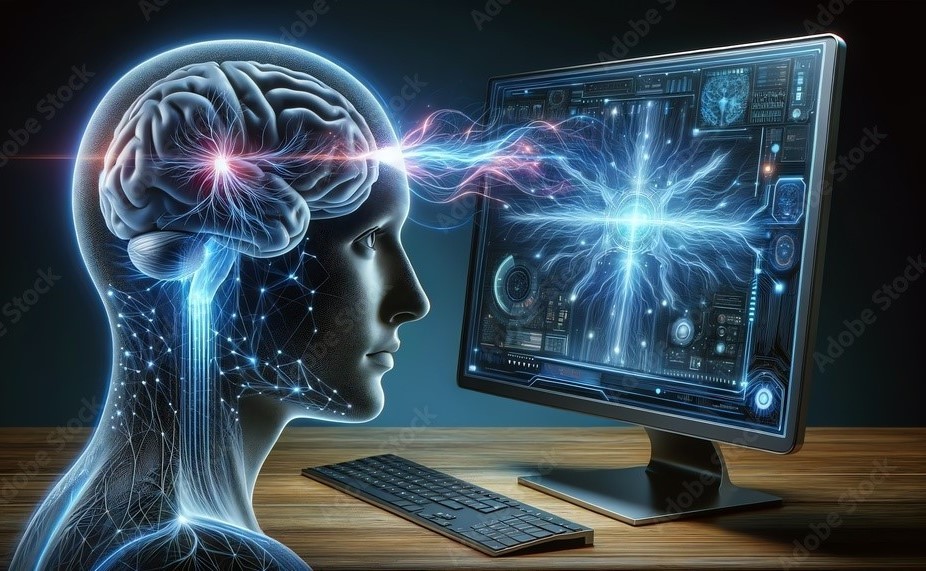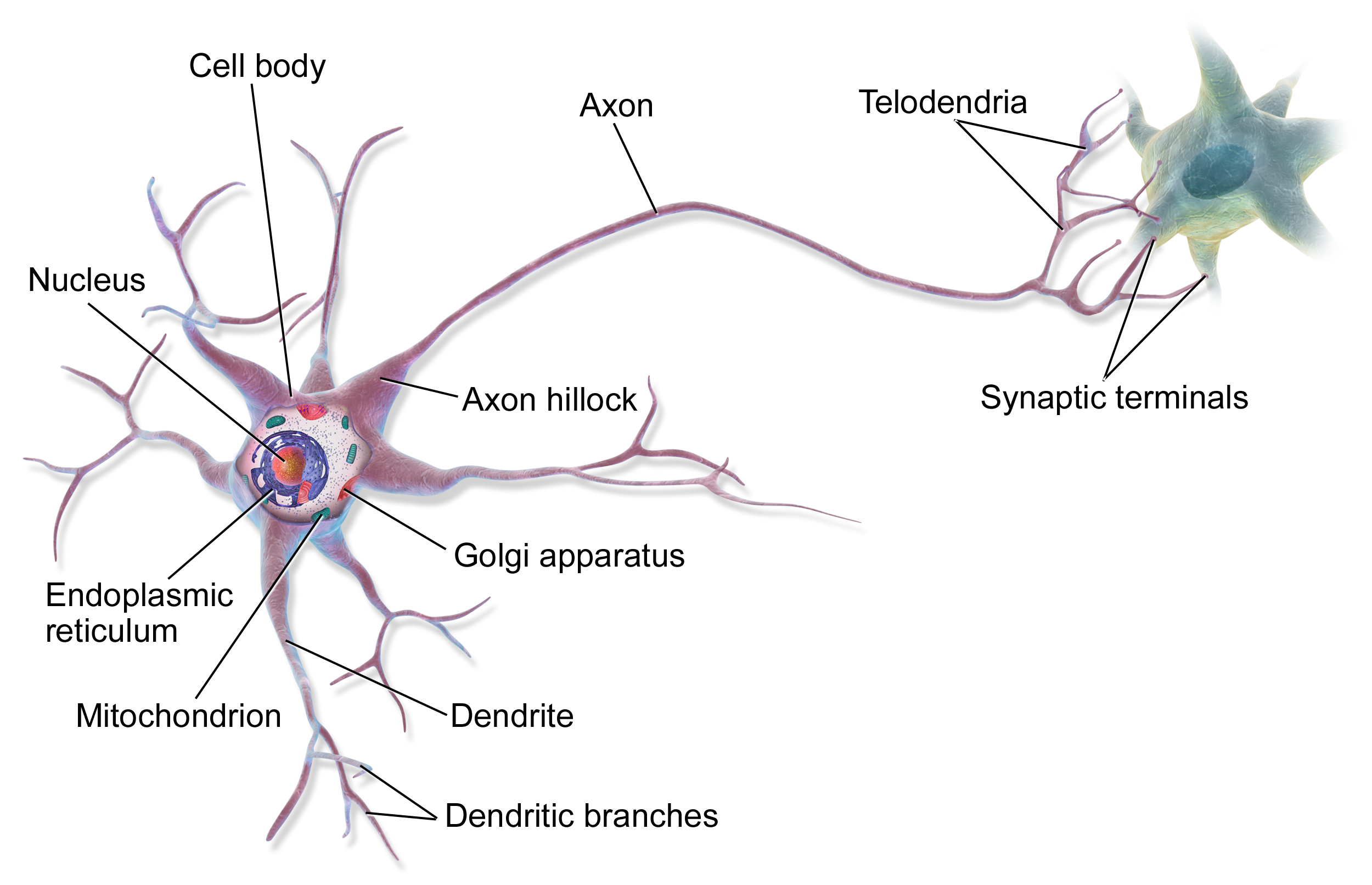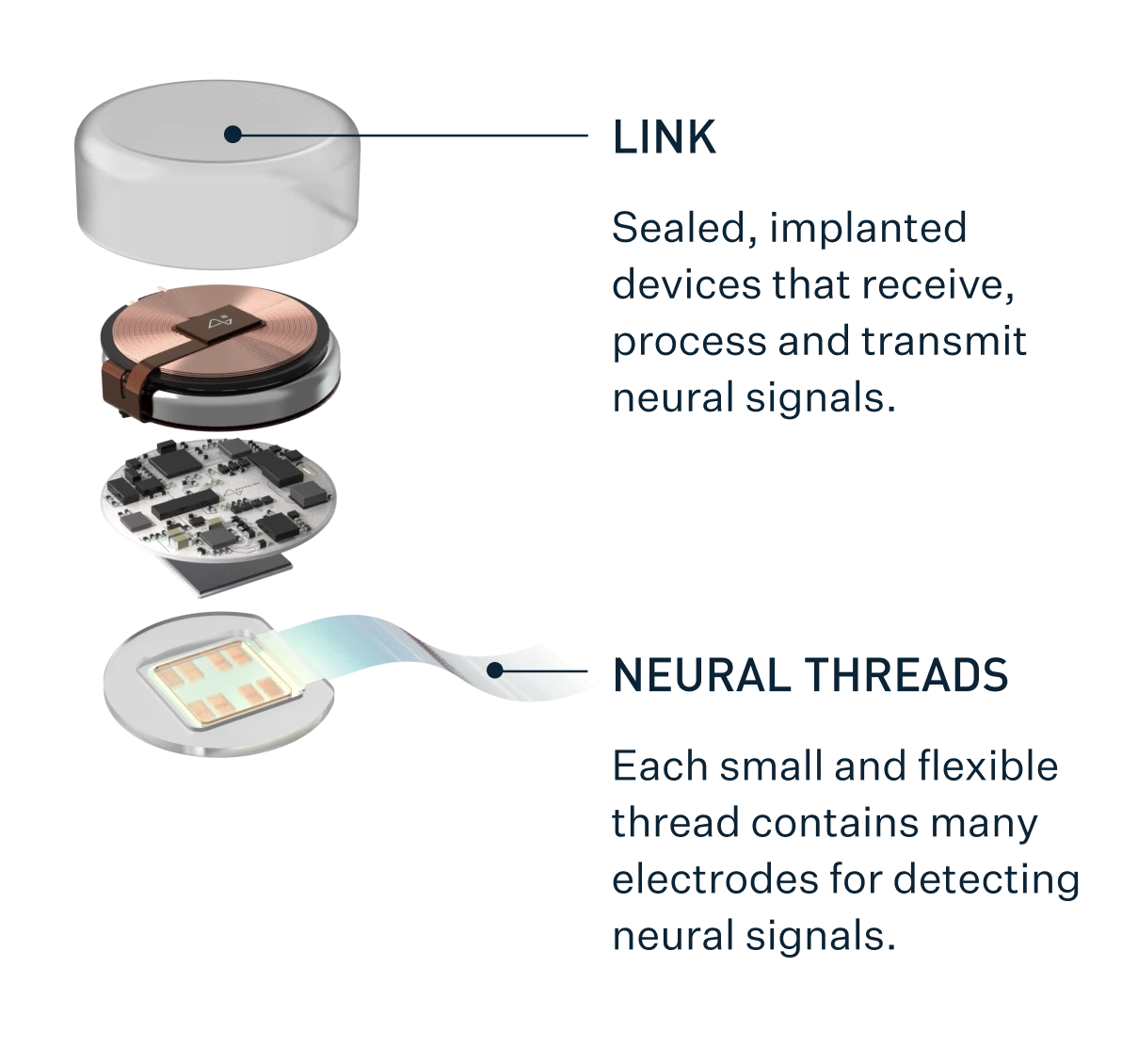"From Science Fiction to Reality: The Evolution of BCIs and Neuralink's Role"
 Abhijeet Lokhande
Abhijeet Lokhande
A brain-computer interface (BCI) is a hardware and software communications system that permits cerebral activity alone to control computers or external devices. The immediate goal of BCI research is to provide communications capabilities to severely disabled people who are totally paralyzed or 'locked in' by neurological neuromuscular disorders, such as amyotrophic lateral sclerosis, brain stem stroke, or spinal cord injury.
Imagine a world where thoughts can traverse the digital ether without the cumbersome interface of fingers on a keyboard or thumbs swiping screens. Picture controlling your smart home, sending messages, or even creating art, all with the power of your mind. This isn't just science fiction; it's the future that brain-computer interfaces are making possible. Imagine the freedom and accessibility for those who are paralyzed, giving them a new way to interact with the world. The possibilities are endless and incredibly exciting.
For example, Neuralink has made significant strides in this field. They have developed a device that can be implanted in the brain, allowing users to control computers and other devices directly with their thoughts. Through rigorous testing and innovation, Neuralink has brought this technology closer to reality, offering hope and new possibilities for those with severe disabilities. This breakthrough demonstrates the potential of BCIs to transform lives and redefine how we interact with technology.
Figure 1: Neuralink Device
Naturally, humans use their peripheral nerves and muscles to interact with the outside physical environments in carrying out the desired actions. This necessity and premise for survival comes with a cost for people with severe neurological diseases, including amyotrophic lateral sclerosis and brainstem stroke. These people cannot control external devices, thus requiring assistance from healthy people that may not always be available. Challenged by the limitation, scientists and researchers have developed a brain–computer interface (BCI) technology that can transform brain signals into human actions independent of the peripheral nerves or muscles.
Natural Neural Network
How our brain works is quite interesting. Neurons are like the transport system for our thoughts and actions. Everything we feel, see, sense, touch, taste and think goes through Neurons for further processing. There is an estimate of 100 billion neurons in a human brain which govern the working of the brain.

Figure 2: Neuron and Synapses
Neurons consists of dendrites, cell body (known as Soma) which contains the nucleus and axon. Axon of one neuron is connected with Dendrite of another neuron through Neurotransmitters. Synapsis The which contains neurotransmitters are triggered by electrostatic impulse known as the Action Potential. When the right kind of impulse is sent through the synapses, a chain reaction is initiated between the neurons. This is how neurons work and transfer information.
About Neuralink
A start-up was registered by Elon Musk in 2016 named Neuralink which remained under the sheets till 2017 when it was revealed to the world. Neuralink as the name suggests creates a link between the Neurons inside our brain and a machine (smartphones or computers). On 16th July 2019, a white paper was published under the name, “ELON MUSK AND NEURALINK” which told about what the company was up to and how will it be possible to create a general symbiosis between man and a machine or the artificial intelligence (AI).Elon Musk in the launch event of the Neuralink told that the company aims to “understand and treat brainly disorders” along with “preserving and enhancing our brain” and “create a well aligned
Figure 3: The Neuralink Logo.
Elon Musk in an interview also talked about how the company will try to recreate “the Neural Lace”, a fictional way/method of transferring brain’s content to a machine and vice-versa.
How Neuralink will use neurons?
Neuralink will setup electrodes which will read those impulses, amplify them and send them to a machine which will then work accordingly. These electrodes support writing also which can help in treatment of brainly disorders.
Neural Lace
Neural Lace is a science-fictional concept introduced by Scottish author Iain M. Banks in his series of novels “The Culture”1. Neural Lace is also a Brain-Machine Interface (BMI), which can help humans compete with Artificial Intelligence. This Neural Lace technology is currently being funded by Elon Musk as an effort to accomplish the same vision which is to make human brain able to compete with the AI in the future. An idea of how Neural Lace works can be taken from the movie Matrix in which one of its character (Neo) can be seen using a computer to acquire new information and learn new skills.
Neural Lace is an ultra-thin mesh which will be implanted inside the skull and will form a body of electrodes which will be able to monitor the function of human brain. The ultra-thin mesh is inserted using a tiny needle which contains rolled up mesh. After the mesh is implanted inside the brain, it integrates itself with the human brain and “creates a perfect symbiosis between human and machine”.
A similar concept is being used by Neuralink to achieve symbiosis with AI, more of which will be explained later.
Subscribe to my newsletter
Read articles from Abhijeet Lokhande directly inside your inbox. Subscribe to the newsletter, and don't miss out.
Written by

